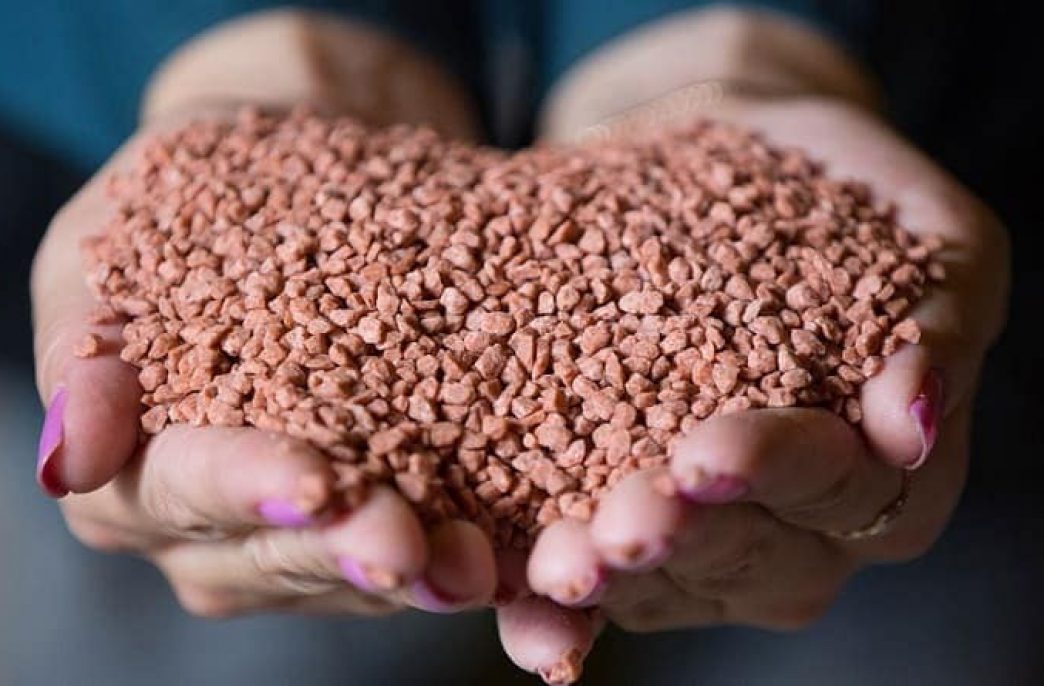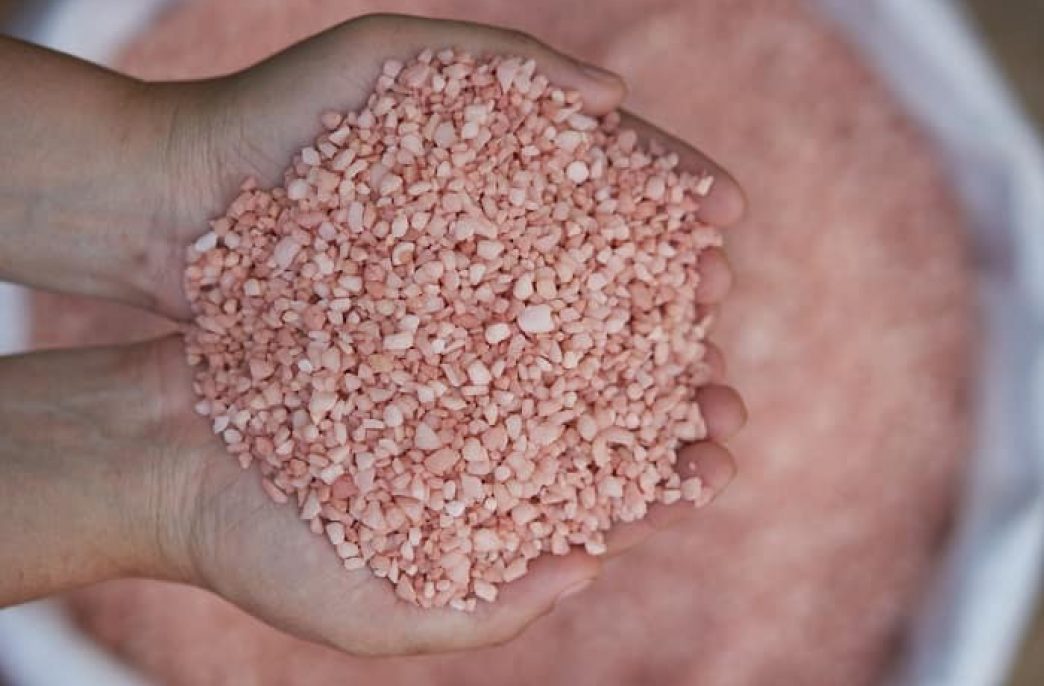What is the difference between potassium and phosphates?

What is the clear difference between potassium and phosphate? Both of these substances are used in the production of fertilizers, but they cannot be replaced because they play different roles in plant growth. These substances are often used directly to individual crops, as well as to meet any specific needs depending on climatic conditions and soil type.
Understanding the difference between potassium and phosphates is useful for investors interested in fertilizer companies.
What is potassium?
Potash is a potassium-based product that is often associated with other chemicals. Potassium is mainly used as a fertilizer to increase the ability of plants to retain moisture, as well as to increase yields, improve taste, and help plants fight disease. The two most common potassium-based fertilizers are sodium sulfate (SOP) and potassium permanganate (MOP).
Before converting potassium to fertilizers such as sodium sulfate or potassium chloride, the potassium ore must be removed from the ground and then cleaned. There are two main types of potassium ore: sylvinite and carnallite. Silvinite is generally considered to be a valuable ore that requires less energy than the extraction of magnesium in carnallite to separate potassium chloride.
Potassium ore is obtained in two ways. The first is the traditional underground mining of ores using powerful earth-moving machines, followed by the transportation of ores to the surface. This method is expensive, but also the most common. In addition, there is a second method of extracting potassium ore – a method called on-site solution. This method involves pouring hot salt water into a well that melts the body of the ore. The solution is then pumped again, where it is extracted in special water basins after cooling.
Canada is a world leader in potassium production and also includes some of the richest deposits. Other major manufacturers in the world are represented by countries such as Russia, China and Belarus.
What are phosphates?
Phosphates are essential elements for all living organisms. The main function of phosphates in fertilizers is to stimulate cell growth and have the ability to retain moisture in agricultural crops.
Phosphate is an ore containing phosphorus. Phosphorus deposits are located at different depths, and their mining often requires the use of large conveyor systems and equipment. The mined ore is then transferred to a processing and flotation process. The resulting phosphate particles are coated with hydrocarbons and then formed for further processing. The resulting product is a rich phosphate rock. Its phosphorus pentoxide composition is suitable for the production of phosphoric acid or elemental phosphorus.
Enriched phosphate rock is often processed into granular diammonium and monoammonium phosphate (DAP, diamonium phosphate; MAP, monoammonium phosphate), which are water-soluble fertilizers used in agriculture. Single superphosphate is a cheap alternative to the popular diammonium phosphate, which is formed as a result of a chemical reaction between phosphate rock and sulfuric acid.
The largest phosphate producers in the world are China, the United States, Morocco, Western Sahara and Russia.




